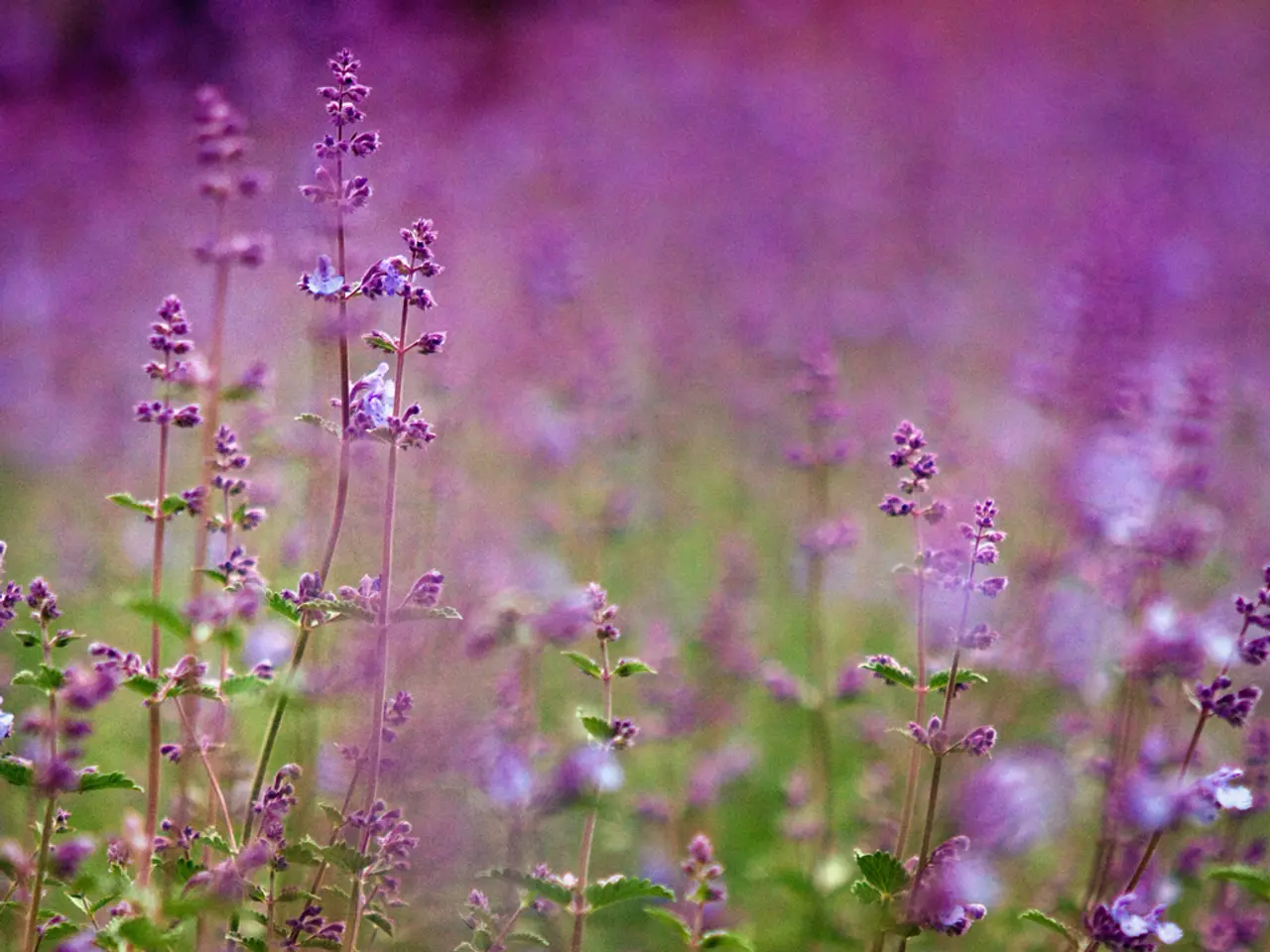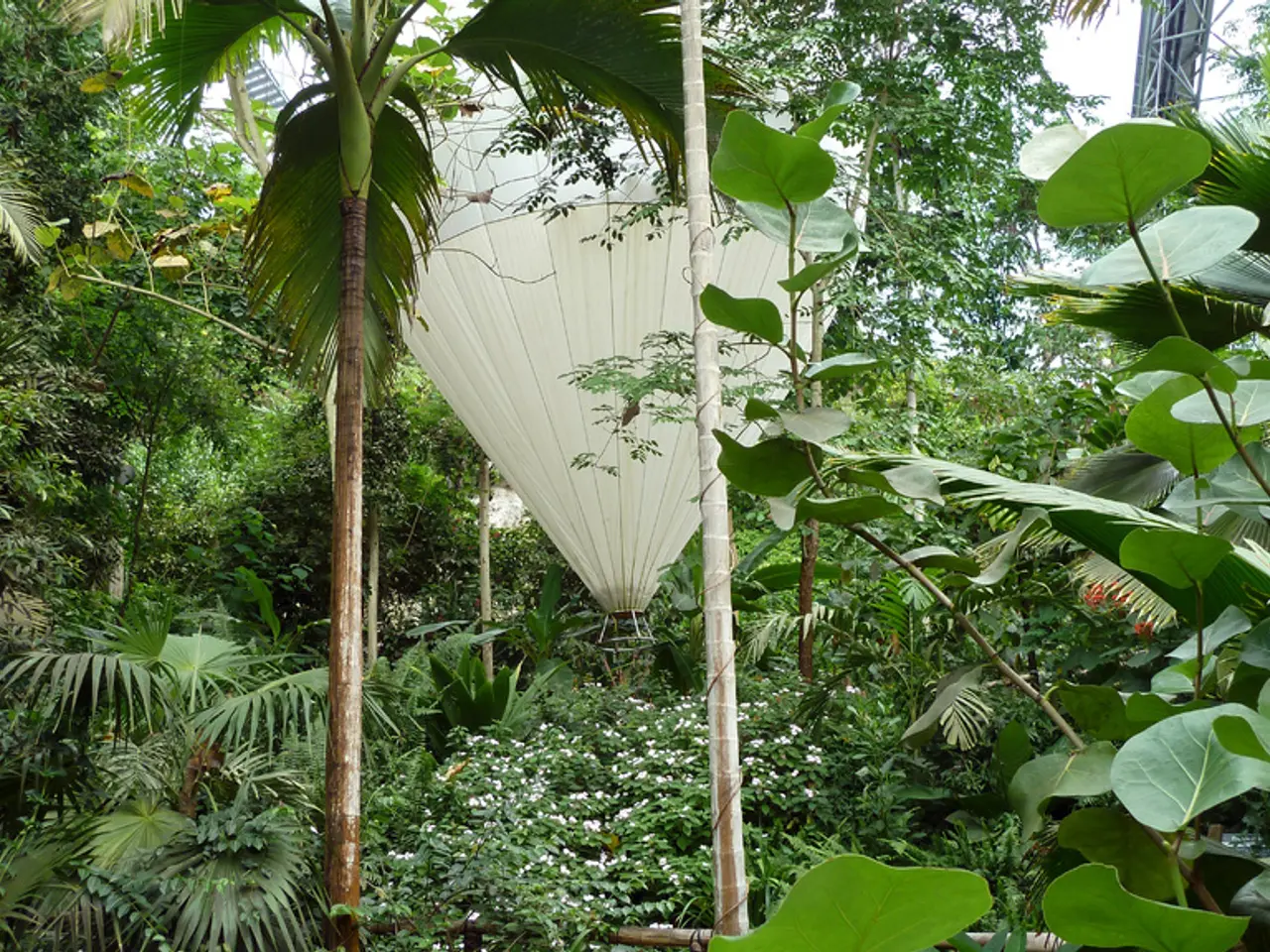Growing Lavender in Shade: A Guide to Cultivating Fragrant Blooms in Partial Shadows - Discover the Ideal Lavender Varieties for Shady Conditions
How to Grow Lavender in the Shadows
For those who dream of a lavender field but lack sunny spots in their garden, we have some good news! It is possible to grow lavender in partial shade. Here's a step-by-step guide to help your lavender not just survive, but flourish.
Shade, Lavender, and the Art of Compensation
Lavender is a Mediterranean native, thriving on long days of direct sun. However, both English and French lavenders can manage with six hours of sunlight a day, given the right attention to water, soil, and warmth. To achieve the best results in less-than-ideal growing conditions, you'll need to adapt your mindset and embrace creative solutions.
Garden Awareness & Sunmapping
To maximize the light in your garden, start by understanding how light changes across your space. Begin by mapping out the natural light patterns—a process known as sunmapping—to identify potential problem areas affecting your lavender's growth. Learn how different objects, such as clotheslines or trees, influence light distribution.
Choosing the Right Varieties
For a lavender that's more shade tolerant, consider varieties like French lavenders (Lavandula stoechas) and fernleaf lavenders, also called French lace lavenders. English lavenders like ‘Munstead' and ‘Hidcote' can also do well in shadier spots with adequate sunlight. The hardy 'Phenomenal' lavender is particularly resilient in damp and shaded conditions.
Container Garden Revolutions
Growing lavender in containers is a flexible, easy way to accommodate shade, offering you the freedom to move your plants around the garden to catch the most light. Use a stone or clay-based pot with gravel, sand, and a good potting soil to create well-draining conditions for the lavender.
Embrace Vertical Gardening
By growing lavender in containers, you can experiment with vertical gardening and varying the elevations, bringing plants closer to sources of light. Raised walls, shelves, and trellises can help bypass barriers that may be hindering natural sunlight.
Extra Light Sources
Creativity and thoughtfulness can go a long way in boosting artificial light levels for your lavender. Use windows, mirrors, or vertical surfaces to capture reflected light. Grow lights can also be beneficial, especially for complementing greenhouse or balcony cultivation.
While lavender prefers full sun exposure, creativity and care can keep your plants happy even in shadier areas of your garden. Experiment with these tips to see amazing blooms and fragrance on your lavender plants. And remember, a happy gardener is one that is always learning!
Janey GouldingA former assistant editor of Amateur Gardening, Janey now writes and edits content for digital gardening brands GardeningEtc and Homes & Gardens. Her passion for horticulture encompasses conservation, rewilding, and the pursuit of knowledge in the RHS Level 2 certificate in The Principles of Plant Growth and Development.
- To cultivate lavender in less-than-ideal growing conditions, consider growing French lavenders (Lavandula stoechas) or fernleaf lavenders (French lace lavenders) due to their greater tolerance for shade.
- Growing lavender in containers is a flexible solution for shade-prone areas, allowing you to move the plants around the garden to catch the most light and experiment with vertical gardening techniques such as raised walls, shelves, and trellises.







